Life in an IDP - camps, 7 years after Daesh
Reports 03:48 PM - 2021-12-18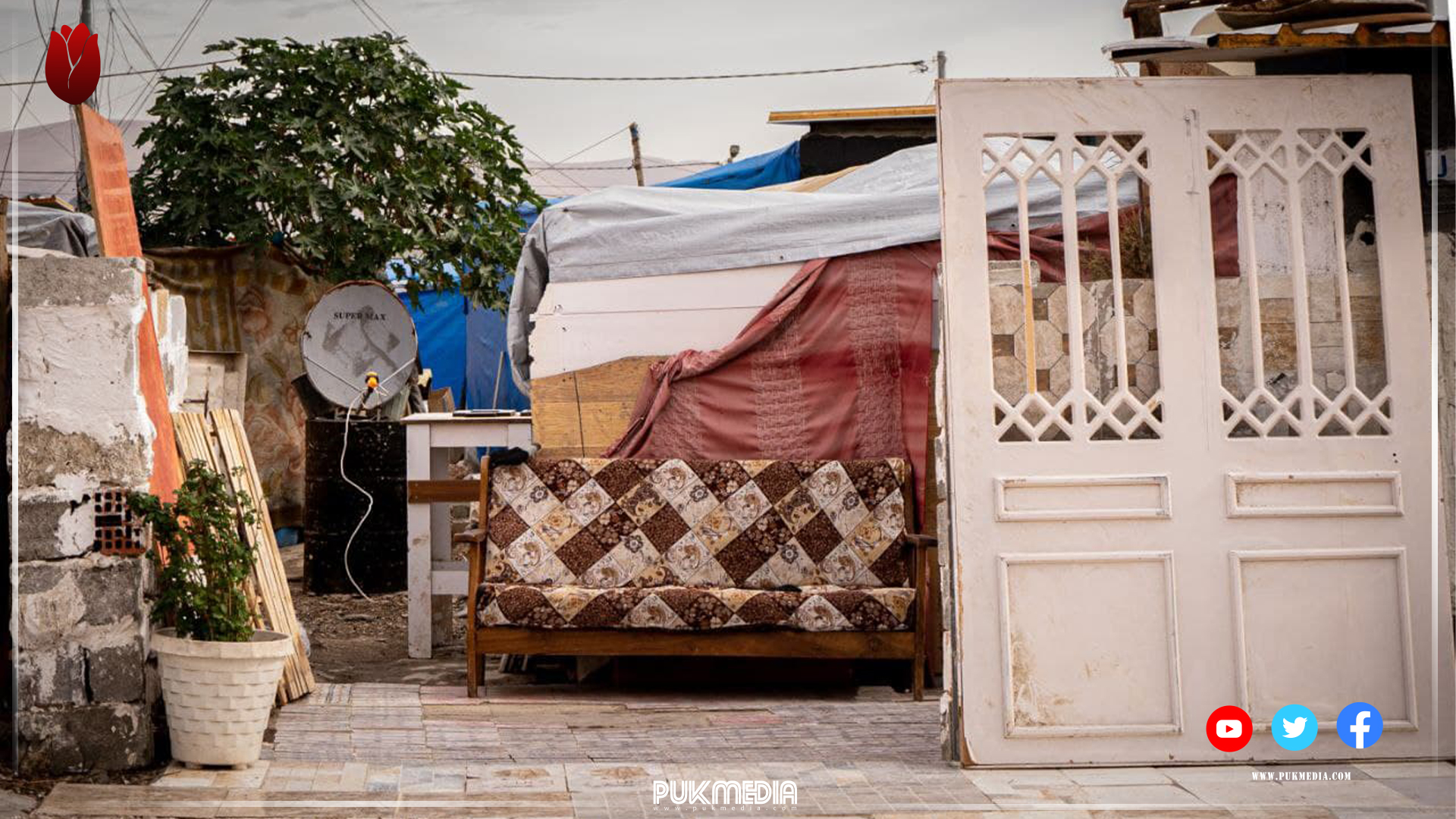
One of the shelters at Ahti Camp, Slemani (PUKmedia / Julia Zimmermann)
In Arbat, a town 20 km in the South of Slemani, are 3 camps. 2 for IDP's and one with Syrian refugees. The Ashti camp shelters mostly Yezidis from Shingal and Iraqi Arabs from Saladin.
The people we met are mostly in camps for over 6 years, since 2014. They fled their home when Daesh took over their homes.
IDP – is short for internally displaced persons. They are persons or a group of people who have left their home but have not crossed an internationally recognized state border. On the contrary to refugees who need a special legal status as a result of being outside their country and without its protection, IDPs have been forced or obliged to flee or leave their residence. In order to avoid armed conflict, situations of generalized violence and/or violations of human rights or natural or human-made disasters.
Due to the conflicts with the Islamic State (ISIS or Daesh) from 2014-2017 in Iraq the consequences are a humanitarian crisis and therefore a displacement of over 6 million people most of whom returned to their areas of residence, but to this day there are approximately 1.2 million internally displaced persons (IDPs). Only in the Kurdistan Region are around 180 000 IDP’s sheltered in camps.
The main concerns of IDP’s are the lack of jobs, irregular access to food, health, shelter and education. For IDP’s living outside of traditional camp settings, all of these uncertainties are multiplied. Special attention is needed for families with perceived affiliations to extremist groups, who are often subjected to discrimination in camps and stigma from their communities.
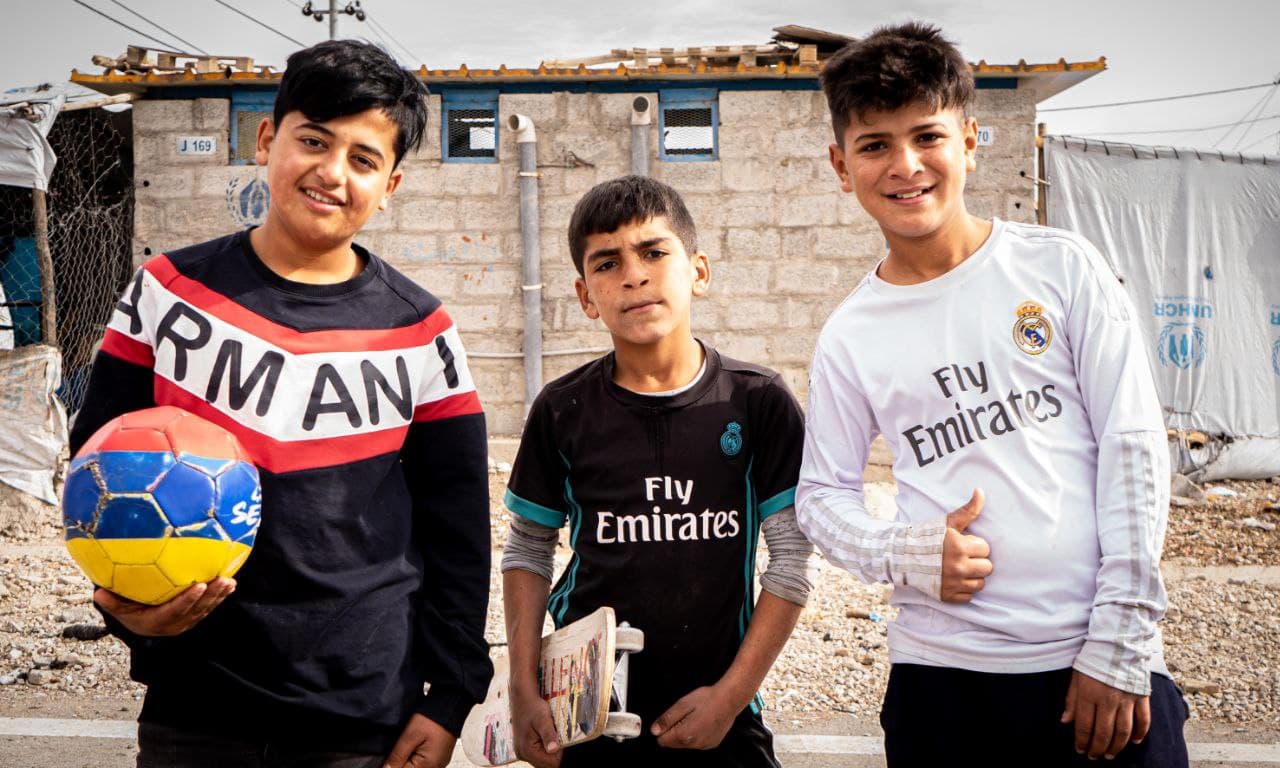
Kids playing football at Ashti Camp, Slemani. (PUKmedia/ Julia Zimmemann)
The Ashti camp has around 1,800 tents in each lives one family of 4 to 5 people. The camp was opened following ISIS war and hosts mainly Yazidis from Shingal and Arabs from Saladin who all live peacefully as neighbors in the camp.
After this long period of time people made themselves as comfortable as possible. The camp has hospitals, schools, drug stores, barber shops and beauty salons. There is a playground for children and people have started to plant in small vegetable gardens behind their tents.
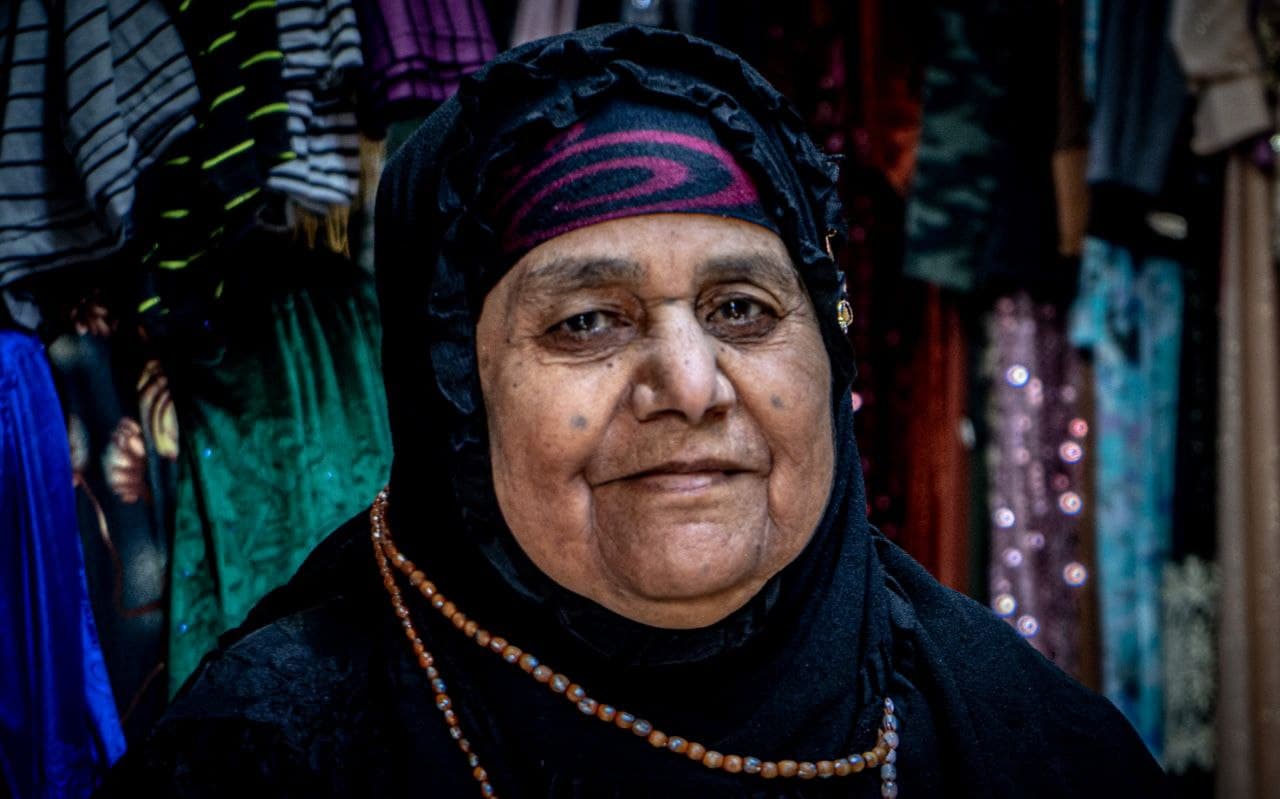
IDP at Ashti Camp, Slemani. (PUKmedia / Julia Zimmermann)
Almost every month there are families leaving the camp to go back to their homes but over there, there is still nothing. No work, only deserted houses and streets and most important still no security. Often the IDPs return to the camps, but once they have signed the official papers of leaving, there is no coming back. That's why the most of the people decide to stay until they can be sure, that their lives will be back to normal again in Shingal and Saladin.
In the camp they receive financial help 18,000 dinars per person every month from organizations such as WFP and private donors. The ministry of migration and displaced gives everyone two boxes of food and cleaning products, tells us the director of the camp, Pakhshan.
Since 2020 camps in Iraq are being closed step by step but not in the Kurdistan Region. Therefore, the Kurds are also welcoming the IDP’s and refugees from the camps in Iraq. According to Kurdish medias the Kurdistan Region won't close their camps in the near future but it's not sure either when the IDPs will be able to return to their cities.
PUKmedia
More news
-
Media & Awareness Bureau Receives Russian CG
08:28 PM - 2024-04-18 -
PUK President: We Support Yazidis in Protecting their Rights
04:51 PM - 2024-04-17 -
DPM Talabani: Elections Must Be Held Promptly Without Further Delay
05:53 PM - 2024-04-16 -
PUK & UNAMI Emphasise Holding Timely Elections
05:28 PM - 2024-04-16

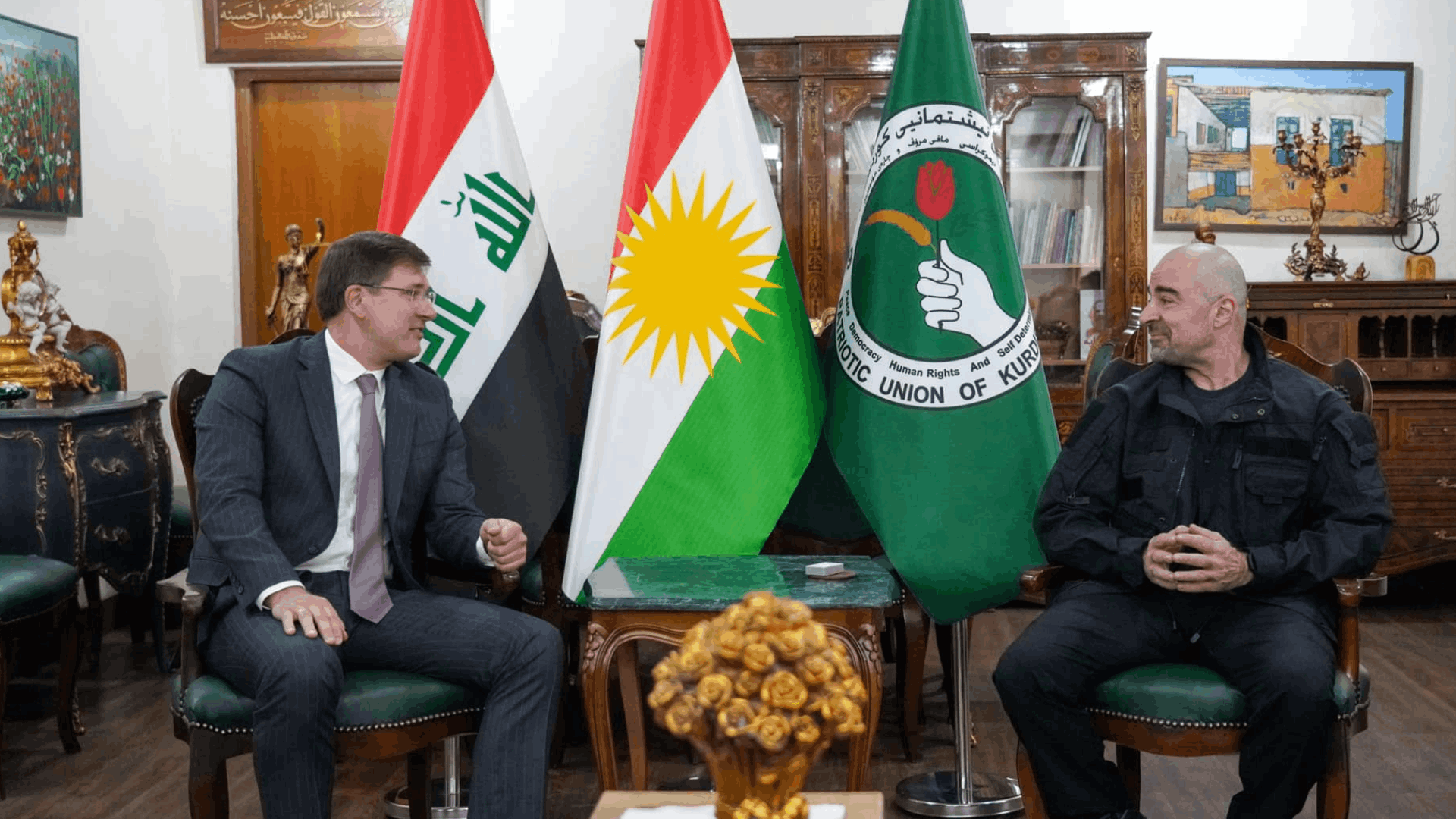
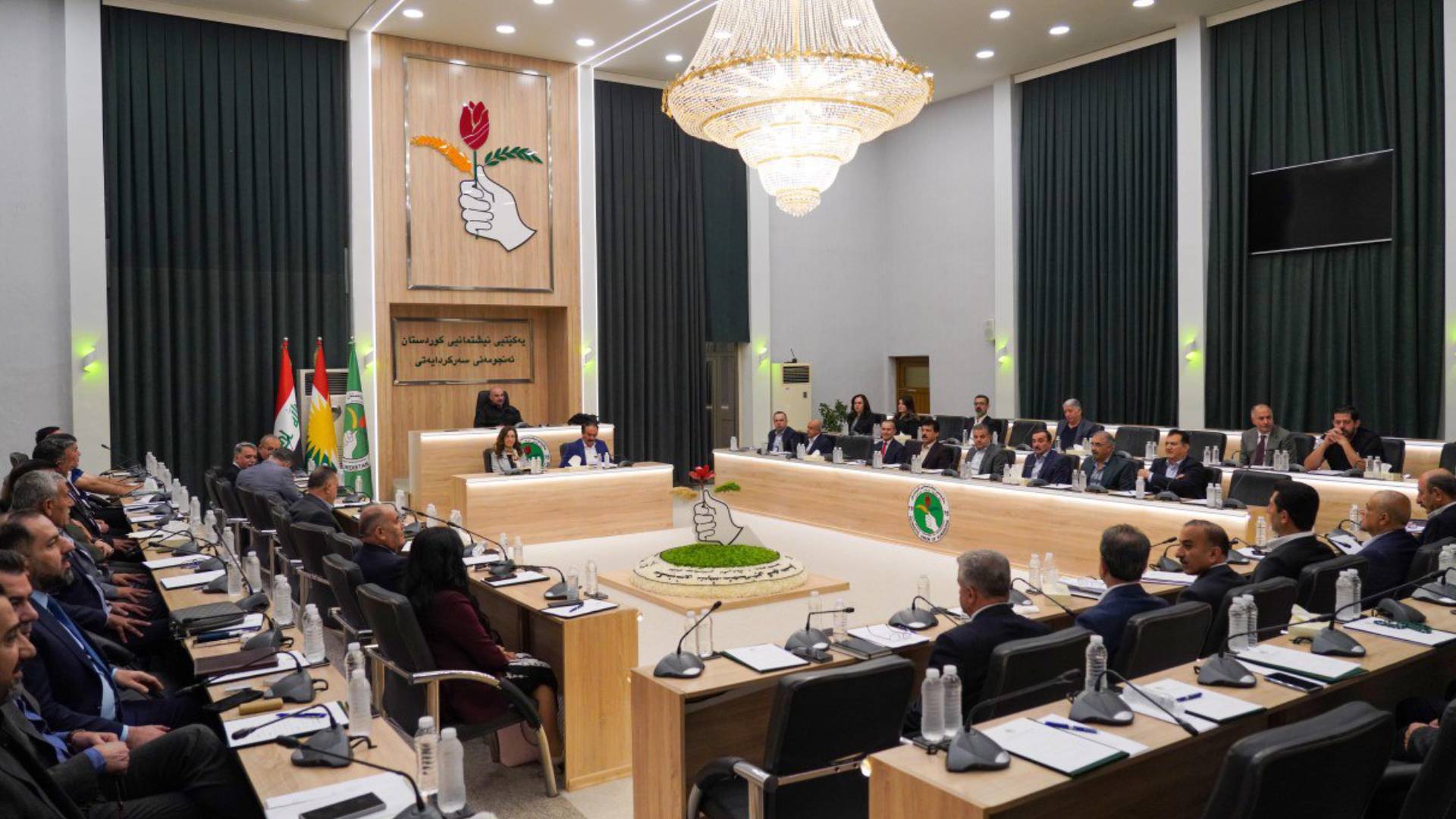
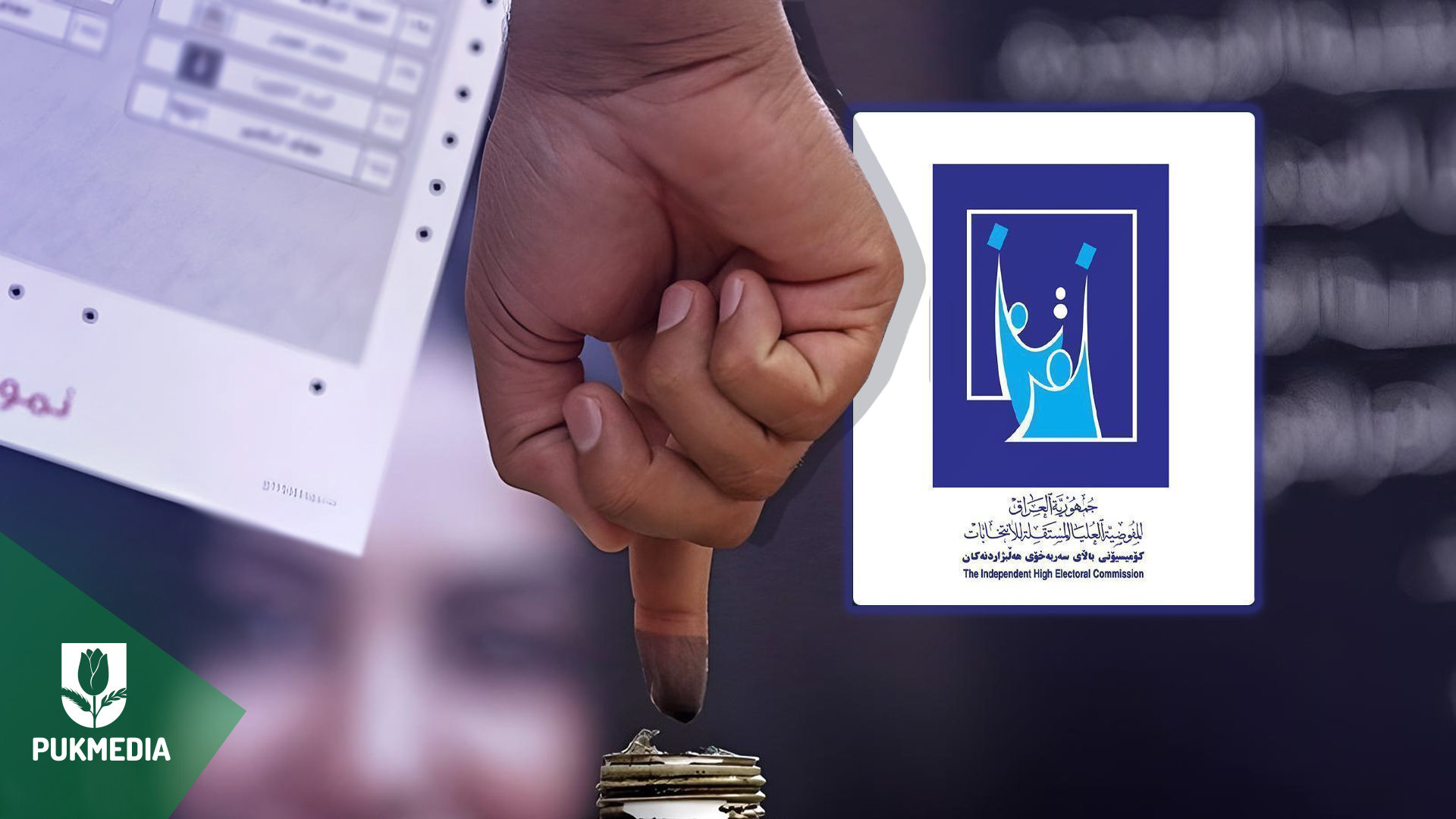
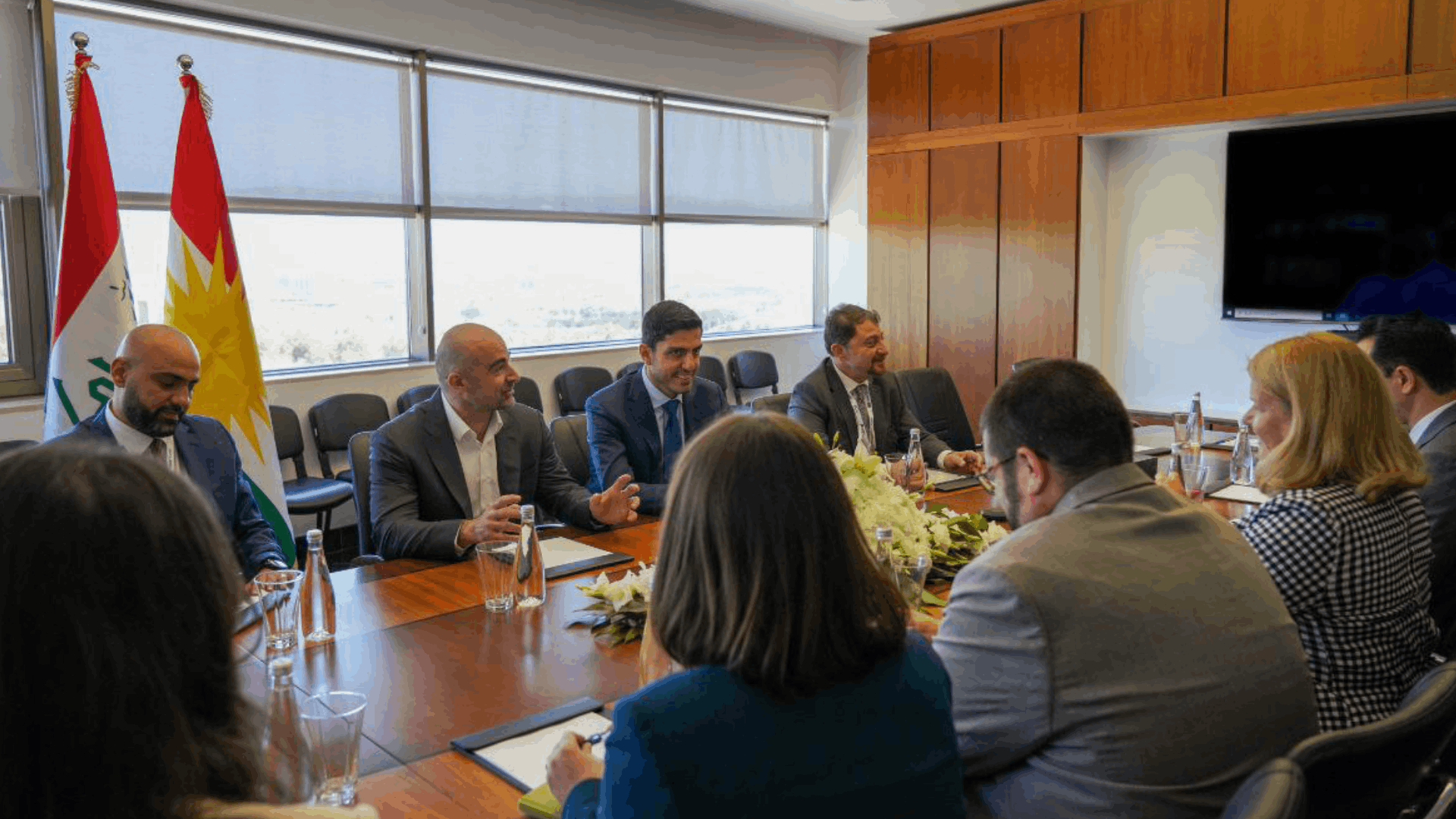
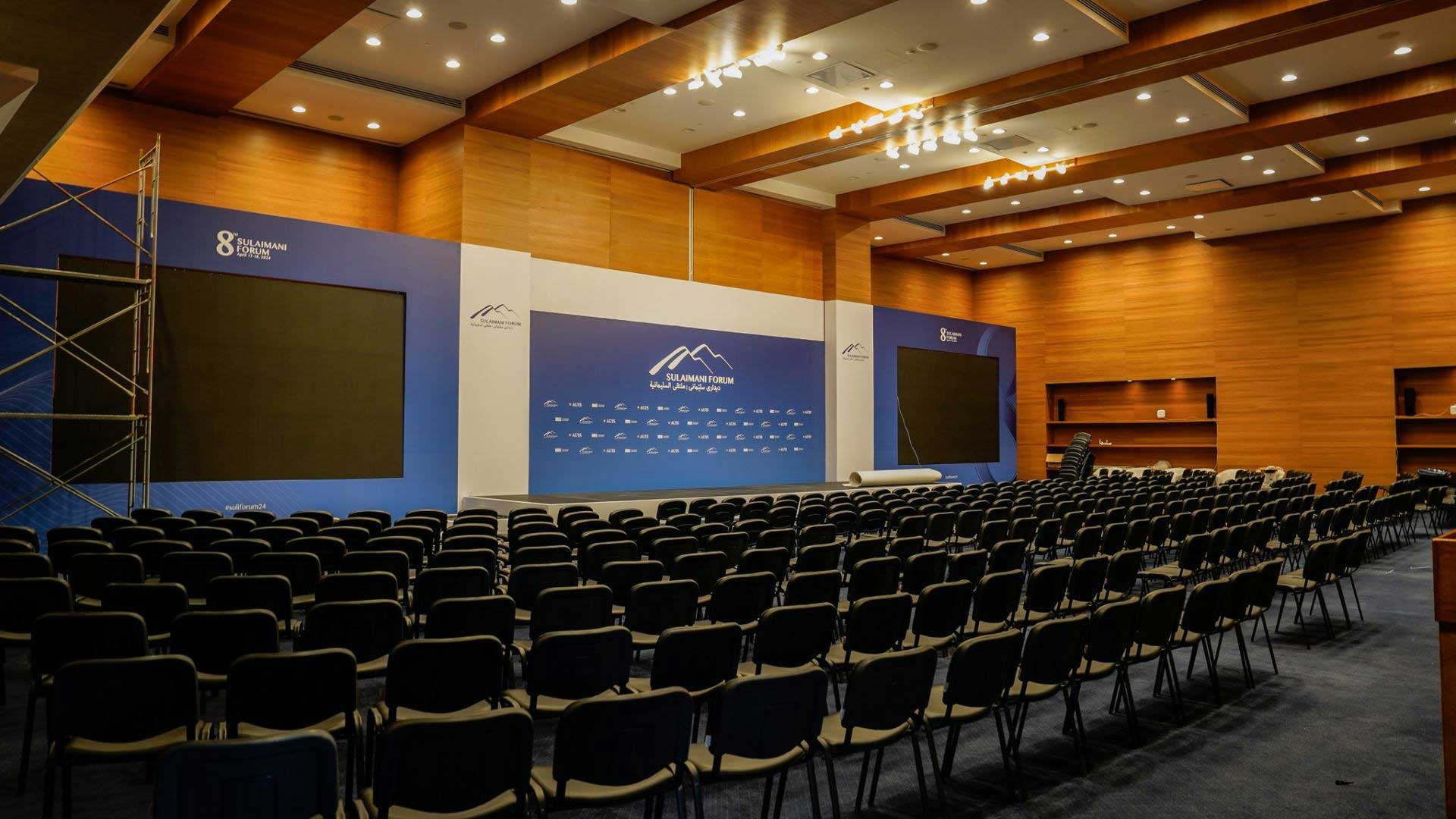
 Application
Application


